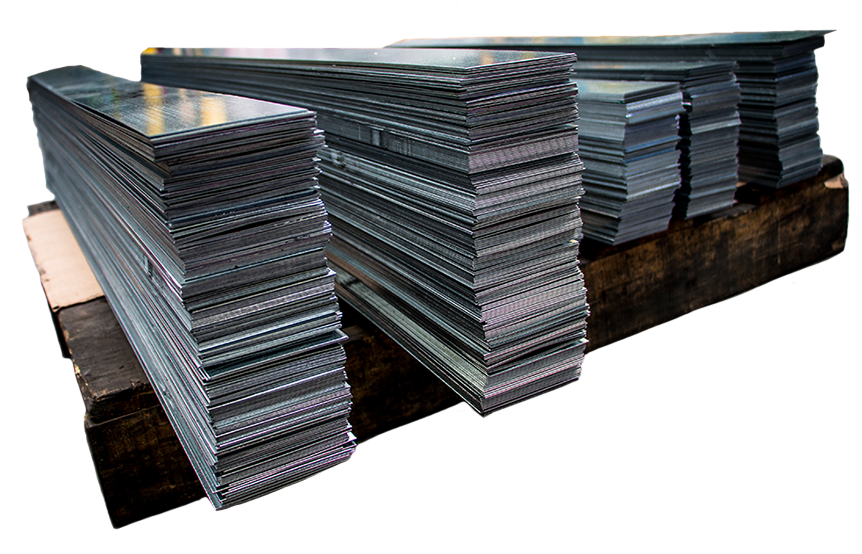


Metal
Spinning
The metal spinning process is an ancient art of deforming the metal by spinning it against a mold taking the shape of the mold.
Basically, any formable alloy of metal can be shaped using metal spinning. Material that can be formed by deep drawing or forming on a press like hydroformed or press break is suitable for spun.
Tooling of metal spinning cost less than tooling for deep draw due to its simplicity. Tools are machined from steel or tool steel. Because of this ease of tooling it allows shorter lead times. You can get parts more quickly.
We have equipment with the most advance technology of 4.0 manufacturing and we also have the basic hand spun machines. With your part in mind we analyze the best cost – effective so we only use what you need to give you the best price we can.
We can do your parts on the hand spinning or on the CNC Metal Spinning Machine. We will analyze your parts for the best fit: cost – tolerance.
Our people also know how to polish your parts so they will be ready to receive a finish coating.


Since hand spinning is an ancient art form we do our own training in house. We have more than 12 hand spinning equipment in place and can spun material up to 90” in blank diameter and up to a thickness of 0.125” in aluminum.
We are constantly growing our production line and adding new equipment and by this 2019 we have 3 CNC metal spinning equipment with advance controls and manufacturing 4.0. With this CNC equipment we can work up to 60” in blank diameter. This equipment have pressure control.
With our CNC Metal spinning machines, we can work maximum thickness of:
- 275” in aluminum
- 197” in cold roll steel.
- 120” in stainless steel.
If you are a designer this section is for you. Be sure to identify critical point of tolerances, don’t just give an overall dimension on your drawing. The ability to hold tight tolerances for short runs is a specialty of metal spinning. This is not always cost ffective.
Generally, the tolerances that can be held directly affects the cost of the part. Tolerances of +- 0.030” (0.76mm) are normal for most sizes, diameters and materials. If requires, +-0.005” (0.13mm) or better may be possible.
Specify and Internal Diameter if Possible. It is best to specify and ID tolerance for your spun parts. If an outside diameter (OD) tolerance is given, material thin out of up to 25% would be typical.
Material thickness. The thickness of the sidewall and bottom of the spun part will vary, normally up to 25 percent. The bottom of the part stays at the thickness of the original blank, while the sidewall thins depending on pressure and speed of forming.
If uniform wall thickness is critical, be sure it is specified. Secondary machining may be necessary in some cases. If you need specific thickness or dimension on the part of a sidewall, do not specify it on the whole part.
TABLA DE ENLONGACION
 Corner Radii. Avoid sharp corners when possible. Generally, a formed radius should be specified as not less than 2 to 3 times material thickness. However, radii of up to 1 times material thickness are possible, especially on thicker materials. Secondary machining can sharpen a radius if necessary.
Total indicated Roundness (TIR) – Concentricity is affected by diameter and material thickness.
Is good to compare cost vs tolerance for selecting the manufacturing processes. For example, deep drawing may be capable of tighter tolerance, but the tooling cost in much higher. If you don’t need too tight tolerance, especially for shorter runs, metal spinning can save you money.
Corner Radii. Avoid sharp corners when possible. Generally, a formed radius should be specified as not less than 2 to 3 times material thickness. However, radii of up to 1 times material thickness are possible, especially on thicker materials. Secondary machining can sharpen a radius if necessary.
Total indicated Roundness (TIR) – Concentricity is affected by diameter and material thickness.
Is good to compare cost vs tolerance for selecting the manufacturing processes. For example, deep drawing may be capable of tighter tolerance, but the tooling cost in much higher. If you don’t need too tight tolerance, especially for shorter runs, metal spinning can save you money.


We are the Metal Spinning Division of Cedinor, S.A. de C.V. located in Santa Catarina, Nuevo León, México, and we are here to serve you. We are a family business with export capabilities, knowledge on logistic and ERP (IT) System in place.
Quick Links

